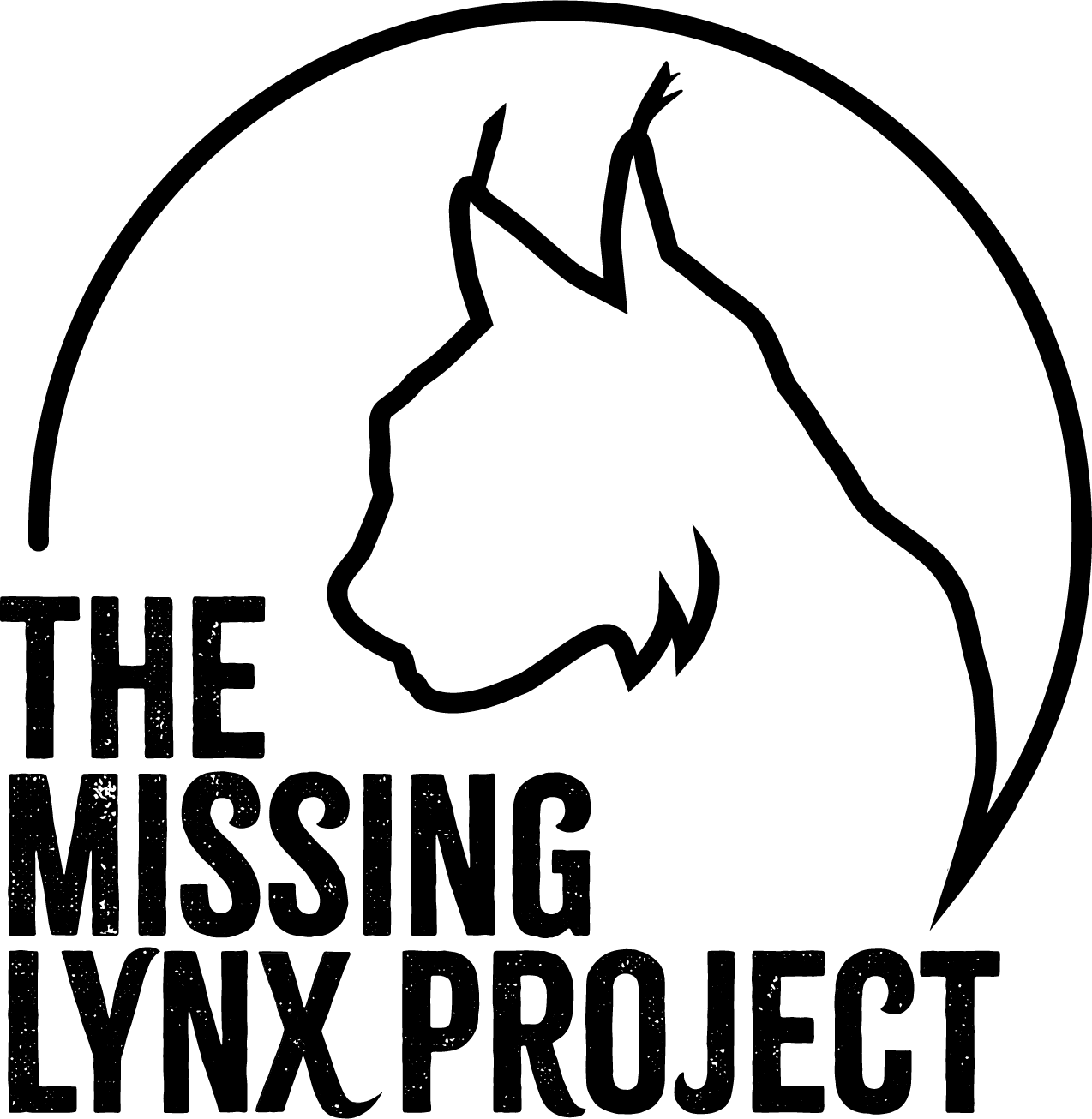Engaging with communities in our project area is an important part of The Missing Lynx Project’s exploration of lynx reintroduction. We took our travelling exhibition to 15 venues around the region, welcoming almost 10,000 people. We set up focus groups, held community workshops and conducted one-to-one interviews.
Over this time, we met people who wanted to play more of a role in supporting the project. We’ve welcomed six of them as project ambassadors.
We asked some of our ambassadors how they felt about the news that 72% of questionnaire respondents in the region support a lynx reintroduction. Here’s what they had to say…






